Radware Snaps Up ShieldSquare for New Bot Management Product Line
 ShieldSquare provides an API-based service that leverages machine learning to detect and eliminate “bad bots” from a variety of applications.
ShieldSquare provides an API-based service that leverages machine learning to detect and eliminate “bad bots” from a variety of applications.
ZTE Taps Former Senator Joe Lieberman to ‘Lobby’ on Its Behalf
 William Plummer, Huawei’s former VP of external affairs, said that company needs to diversify its leadership and not solely rely on Chinese nationals in its relations with the U.S.
William Plummer, Huawei’s former VP of external affairs, said that company needs to diversify its leadership and not solely rely on Chinese nationals in its relations with the U.S.
Ryuk Ransomware Takes Down Cloud Hosting Provider’s Systems
 Threat researchers linked Ryuk to the North Korean state-sponsored Lazarus Group believed to be behind the WannaCry attack.
Threat researchers linked Ryuk to the North Korean state-sponsored Lazarus Group believed to be behind the WannaCry attack.
SDxCentral’s Top 10 Articles of 2018
 Cisco lays off hundreds in California; Cisco updates its routers with SD-WAN; and all the details of Verizon's outsourcing deal.
Cisco lays off hundreds in California; Cisco updates its routers with SD-WAN; and all the details of Verizon's outsourcing deal.
Who Went Where: The Top Personnel Changes of 2018
 From Hans Vestberg’s quick rise at Verizon to Google Cloud’s leadership shakeup, this year was full of personnel changes that turned heads.
From Hans Vestberg’s quick rise at Verizon to Google Cloud’s leadership shakeup, this year was full of personnel changes that turned heads.
DNS-over-TLS in Linux (systemd)
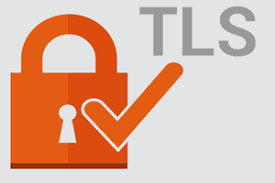
Whilst we were putting together some content about DNS privacy recently, we learned that recent distributions of Linux ship with support or this. We therefore decided to give Ubuntu 18.10 a try on a laptop.
More recent versions of Ubuntu employ a special service for name resolution called ‘system-resolved.service(8)’. The configuration file ‘resolved.conf(5)’ specifies most of the details for name resolution, including which protocols and resolvers should be employed, whilst the ‘/etc/systemd/network/*.network’ configuration files (see ‘systemd.network(5)’ for details) of the ‘systemd-networkd.service(8)’ specify any per-link specific settings.
The default configuration of ‘systemd-resolved’ is selected at compile time, and ‘/etc/systemd/resolved.conf’ normally contains commented-out lines describing such defaults. For example, the contents of the aforementioned file on a fresh Ubuntu 18.10 installation are:

As may be inferred from the file, DNS-over-TLS (DoT) is supported, but disabled by default. At the time of writing, only opportunistic DoT is supported according to the manual, which means that the resolver will first try resolution using DoT before falling back to traditional DNS in the event of failure – thus allowing for downgrade attacks where an attacker intentionally causes a DoT failure in order to cause name resolution to downgrade Continue reading
Trump Considers New Attack on Huawei, ZTE
 But Huawei may be getting the best kind of revenge. The company says its revenues in 2018 grew 21 percent over the previous year.
But Huawei may be getting the best kind of revenge. The company says its revenues in 2018 grew 21 percent over the previous year.
2018 Is a Year Huawei Would Like to Forget
 Can it get much worse than having its CFO arrested and being accused of violating sanctions?
Can it get much worse than having its CFO arrested and being accused of violating sanctions?
Related Stories
DNS-over-HTTPS (DoH) Support in Mozilla Firefox
Recent releases of Firefox have introduced the concept of DNS privacy under the name “Trusted Recursive Resolver”. Although Firefox ships with DNS-over-HTTPS (DoH) disabled by default, there has been some discussion within the Mozilla developer community about changing the default to “enabled”.
Although DoH is somewhat controversial because it moves control plane (signalling) messages to the data plane (data forwarding), and can thereby bypass local network policies, DoH advocates argue that it makes it harder to block or monitor DNS queries which is a commonly used method for restricting access to the Internet and/or monitoring user behaviour.
But putting these arguments aside, if you want to try out DoH then the DNS privacy (or “TRR” in Firefox speak) configuration in Firefox can be accessed as follows:
- Enter “about:config” in the address box of the browser
- Search for “trr” (without quotes)
A sample output of DNS privacy configuration in Mozilla Firefox is as follows:
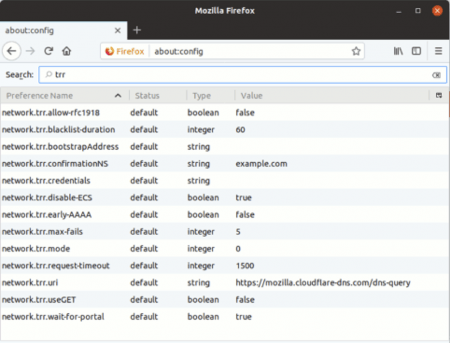
Firefox offers its technical users quite a few settings to play with, but the most important options (along with their recommended settings) for TRR are:
- trr.bootstrapAddress:(empty)
- trr.mode: 3
- trr.uri: https://mozilla.cloudflare-dns.com/dns-query
“network.trr.bootstrapAddress” specifies the IP address of a recursive resolver that should Continue reading
Concise Christmas Cryptography Challenges 2019
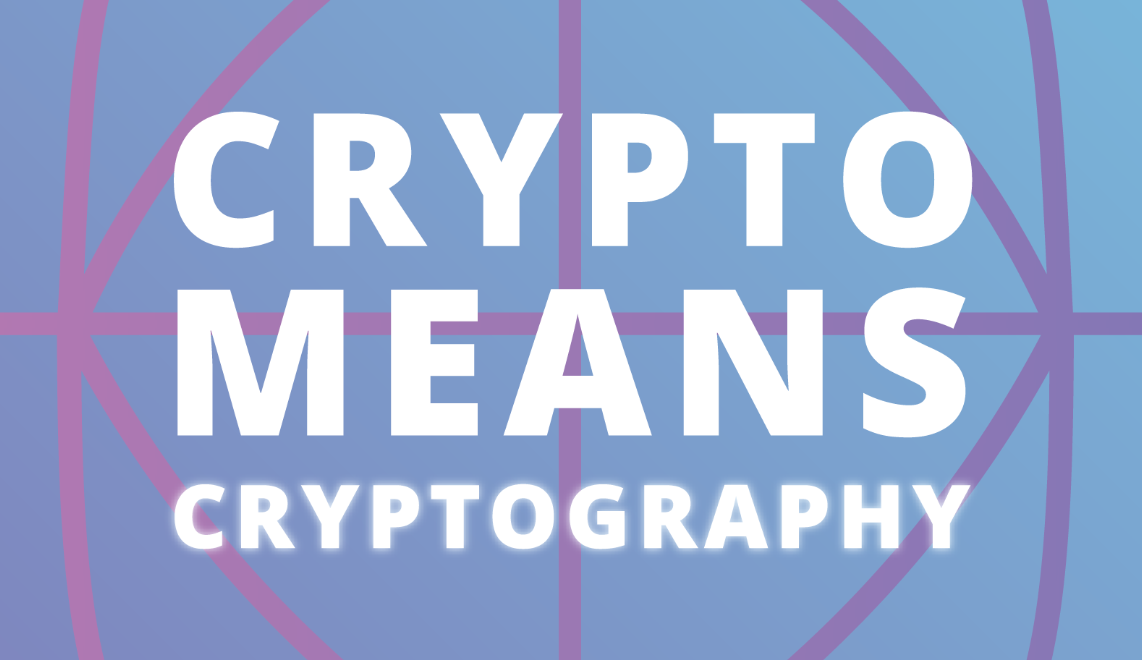
Last year we published some crypto challenges to keep you momentarily occupied from the festivities. This year, we're doing the same. Whether you're bored or just want to learn a bit more about the technologies that encrypt the internet, feel free to give these short cryptography quizzes a go.
We're withholding answers until the start of the new year, to give you a chance to solve them without spoilers. Before we reveal the answers; if you manage to solve them, we'll be giving the first 5 people to get the answers right some Cloudflare swag. Fill out your answers and details using this form so we know where to send it.
Have fun!
NOTE: Hints are below the questions, avoid scrolling too far if you want to avoid any spoilers.

Challenges
Client says Hello
Client says hello, as follows:
00000c07ac01784f437dbfc70800450000f2560140004006db58ac1020c843c
7f80cd1f701bbc8b2af3449b598758018102a72a700000101080a675bce16787
abd8716030100b9010000b503035c1ea569d5f64df3d8630de8bdddd1152e75f
528ae577d2436949ce8deb7108600004400ffc02cc02bc024c023c00ac009c0
08c030c02fc028c027c014c013c012009f009e006b0067003900330016009d
009c003d003c0035002f000a00af00ae008d008c008b010000480000000b
000900000663666c2e7265000a00080006001700180019000b0002010000
0d0012001004010201050106010403020305030603000500050100000000
001200000017000052305655494338795157524c656d6443436c5246574651
675430346754456c4f52564d674e434242546b51674e513d3d
[Raw puzzle without text wrap]
Time-Based One-Time Password
A user has an authenticator device to generate one time passwords for logins to their banking website. The implementation contains a fatal flaw.
At the following times, the following codes are generated (all in GMT/UTC):
- Friday, 21 December 2018 16:29:28 - Continue reading
The Wired Nursery

This month, we’ve asked parents to share their experiences of raising kids in the tech age. Today’s guest author is Kimberly Rae Miller, author of Beautiful Bodies and the bestselling memoir Coming Clean.
Being a parent means living with constant, underlying anxiety over just about everything from how to slice hot dogs, to the age old winter jacket vs. car seat conundrum, to whether all the tech used to keep kids alive/make life with them easier is actually going to screw them up/destroy your life.
The latter takes a fair bit of cognizant dissonance. Most of us know at least some of the pitfalls of our wired life. After all, the digital assistant in my living room knew that I was pregnant again about five seconds after I did (and yes, there are Bluetooth-enabled home pregnancy tests), and voila, almost immediately targeted ads for diapers and nursery furniture started showing up when I shopped online. Most of the time I brush aside how uncomfortable it all makes me, because the gizmos and gadgets that make momming slightly easier are maybe worth the invasion of privacy.
When I was pregnant with my now two-year-old son, I knew that I didn’t know Continue reading
Verify Your Segmentation is Working with Stealthwatch
Network segmentation…. air gap segmentation… the names go on and on. But no matter what you call it, you designed it and deployed it for a reason. Likely a very good reason. Potentially even a reason with fines and consequences should the segmentation not work. So once you deploy it…. what then? Just trust it is working and will always stay working?
 Trust, But Verify
Trust, But Verify
I admit I am likely viewed as boringly logical when it comes to the network. It just doesn’t seem logical to me to spend so many hours in the design and the deploy phase and then just trust that it is working.
Don’t just trust. Verify.
Use whatever tool you want. Just please… know what is really going on in your network. Know reality.
In this blog I’m going to show you how you can use Stealthwatch to get visibility into what is REALLY going on in your networking in reference to your segmentation.
How can Stealthwatch tell you if your segmentation is working or not? I refer to Stealthwatch as “Your Network Detective Command Center”. If Continue reading
Find Rogue DNS Servers in your Network with Stealthwatch
Rogue DNS kinda reminds of me of a crime scene show I saw once. The killer was hijacking the GPS mapping system in the rental cars of their victims.
Imagine that who you think is your valid DNS server actually isn’t. Yeah… i know – scary. …. If you are not familiar with the term “Rogue DNS” … maybe you might know the exposure via other terms like DNS hijacking or DNS redirection to name just a few.
In this blog I’m not going to teach about what Rogue DNS… DNS hijacking… or DNS redirection. Nor am I going to talk about solutions like OpenDNS (Cisco’s Umbrella). I’m going to just show you how you can use Stealthwatch to get visibility into what is REALLY going on in your network in reference to DNS. We are going to cover 2 situations where having a tool like Stealthwatch could help you with your DNS.
- Finding Rogue DNS
- DNS Server Cutover: Checking Reality before Decommissioning DNS Servers
How does Stealthwatch do this? I refer to Stealthwatch as “Your Network Detective Command Center”. If there are rogue DNS in your network and your end devices are Continue reading
Facebook’s Mattress Problem with Privacy

If you haven’t had a chance to watch the latest episode of the Gestalt IT Rundown that I do with my co-workers every Wednesday, make sure you check this one out. Because it’s the end of the year it’s customary to do all kinds of fun wrap up stories. This episode focused on what we all thought was the biggest story of the year. For me, it was the way that Facebook completely trashed our privacy. And worse yet, I don’t see a way for this to get resolved any time soon. Because of the difference between assets and liabilities.
Contact The Asset
It’s no secret that Facebook knows a ton about us. We tell it all kinds of things every day we’re logged into the platform. We fill out our user profiles with all kinds of interesting details. We click Like buttons everywhere, including the one for the Gestalt IT Rundown. Facebook then keeps all the data somewhere.
But Facebook is collecting more data than that. They track where our mouse cursors are in the desktop when we’re logged in. They track the amount of time we spend with the mobile app open. They track information in the background. Continue reading
Firewall Rules – Priority and Ordering
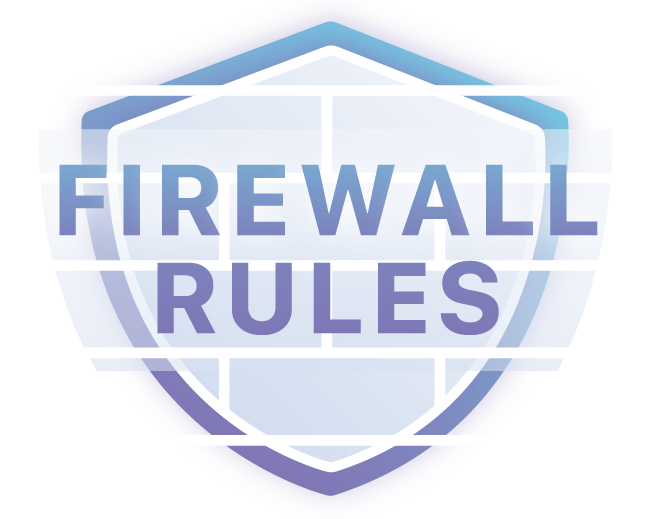
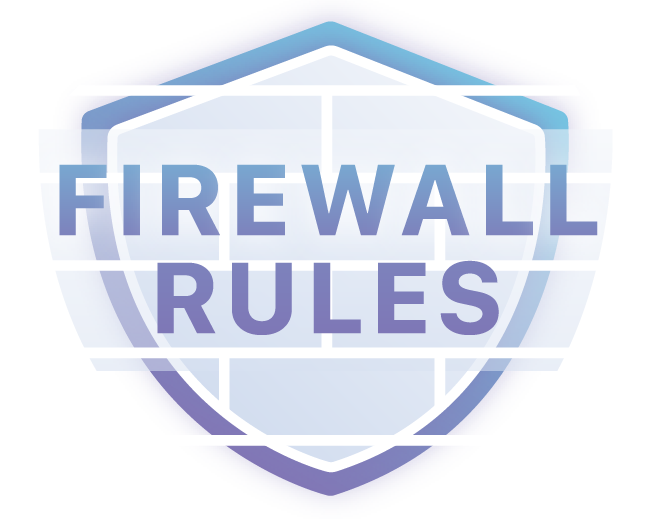
Firewall Rules are one of the best security features we released this year and have been an overwhelming success. Customers have been using Firewall Rules to solve interesting security related use cases; for example, advanced hotlink protection, restricting access to embargoed content (e.g. productId=1234), locking down sensitive API endpoints, and more.
One of the biggest pieces of feedback from the Cloudflare community, Twitter, and via customer support, has been around the order in which rules are actioned. By default, Firewall Rules have a default precedence, based on the actions set on the rule:
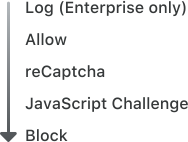
If two or more rules match a request, but have different actions, the above precedence will take effect. However, what happens if you've got a bad actor who needs to be blocked from your API, and you have other specific allow or challenge rules already created for their originating ASN or a perhaps one of your URLs? Once a Firewall Rule is matched, it will not continue processing other rule, unless you are using the Log action. Without a method of overriding the default precedence, you cannot easily achieve what's needed.
Today, we’re launching the ability for customers to change the ordering of their rules. Continue reading
US Indicts Chinese Hackers in MSP Network Scheme
 While the government didn’t name the network providers, Reuters reports that HPE and IBM were among the compromised networks.
While the government didn’t name the network providers, Reuters reports that HPE and IBM were among the compromised networks.
The Kubernetes Top 5 Hits of 2018
 The Kubernetes project made a lot of progress in 2018 in terms of maturity, stability, and scalability, which helped drive M&A activity and a greater focus on security.
The Kubernetes project made a lot of progress in 2018 in terms of maturity, stability, and scalability, which helped drive M&A activity and a greater focus on security.
Watch Out Networking, the Service Mesh Will Rock Your World
 Service meshes could displace many L4-7 networking functions. But will they?
Service meshes could displace many L4-7 networking functions. But will they?
Banking-Grade Credential Stuffing: The Futility of Partial Password Validation


Recently when logging into one of my credit card providers, I was greeted by a familiar screen. After entering in my username, the service asked me to supply 3 random characters from my password to validate ownership of my account.

It is increasingly common knowledge in the InfoSec community that this practice is the antithesis of, what we now understand to be, secure password management.
For starters; sites prompting you for Partial Password Validation cannot store your passwords securely using algorithms like BCrypt or Argon2. If the service provider is ever breached, such plain-text passwords can be used to login to other sites where the account holder uses the same password (known as a Credential Stuffing attack).
Increased difficulty using long, randomly-generated passwords from Password Managers, leads to users favouring their memory over securely generated unique passwords. Those using Password Managers must extract their password from their vault, paste it somewhere else and then calculate the correct characters to put in. With this increased complexity, it further incentivises users to (re-)use simple passwords they can remember and count off on their fingers (and likely repeatedly use on other sites).
This is not to distinct thinking that originally bought us complex Continue reading
Ensuring Security Posture In A Multi Cloud World: A NSX(mas) Carol
Holidays are a great time of year to take a moment and reflect. In 2018 at VMware Networking & Security, we’ve had yet another exciting year for us—we’re very proud of many achievements. For example, NSX now being deployed by 82% of Fortune 100 companies is a substantial industry adoption data point. But rather than focus on those numbers, I wanted to take a moment to highlight one of our biggest accomplishments this year (in my opinion). Oh, and in case you missed some of those 2018 highlights, you can catch a replay of Tom Gillis’ keynote Building the Network of the Future with the Virtual Cloud Network from VMWorld US 2018.
NSX Past

Earlier this year (the end of April to be precise), at Dell Technologies World, we had our external launch of the Virtual Cloud Network. The problem statement was simple: our customers were embarking on a digital transformation journey in their respective lines of business and with those efforts came challenges around a new level of networking complexity. Their goal within their organizations was to move from centralized data centers to hyper-distributed centers of applications and data, typically spanning multiple locations, multiple geos, Continue reading
 Trust, But Verify
Trust, But Verify